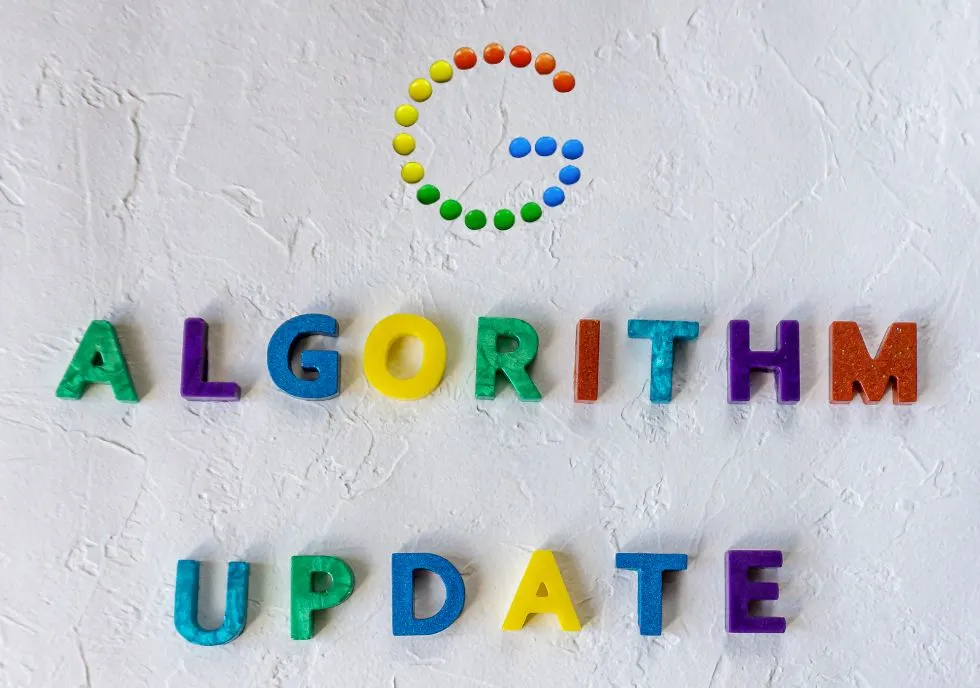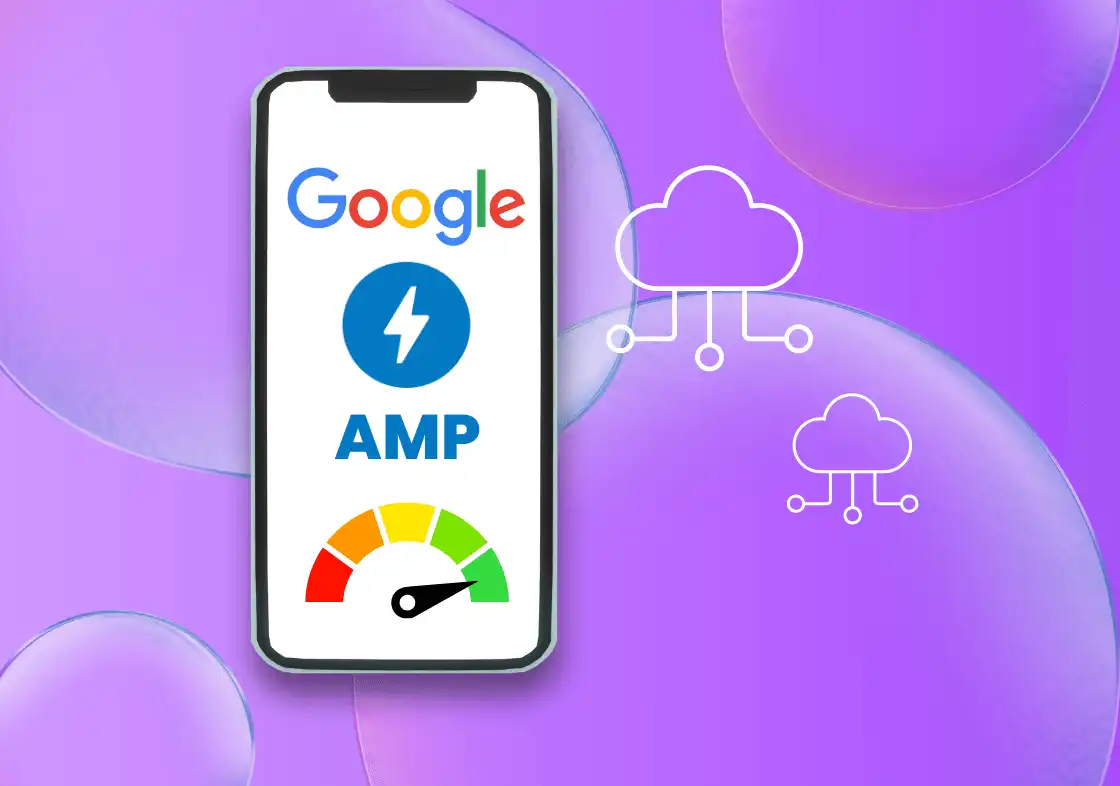Cross-platform app development has become increasingly popular in recent years as businesses seek to reach users across different devices and operating systems with a single codebase. In this blog post, we will explore what cross-platform app development is, its benefits and drawbacks, the different tools available for developers, and some best practices for successful cross-platform app development.
What is Cross-Platform App Development?
Cross-platform app development is the process of creating applications that can run on multiple operating systems, such as iOS, Android, and Windows. This approach allows developers to write a single codebase that can be used to deploy the app on various devices, eliminating the need for separate development efforts for each platform.
Cross-platform development can be achieved in several ways, including using a framework, a native app wrapper, or a hybrid app. Frameworks such as React Native and Xamarin enable developers to build native apps for different platforms using a single codebase, while native app wrappers like Apache Cordova and Ionic allow developers to create apps using web technologies like HTML, CSS, and JavaScript, which are then wrapped in a native container for each platform. Hybrid apps use web technologies for the UI and native code for accessing device features, providing a balance between performance and flexibility.
Benefits of Cross-Platform App Development
- Reduced Development Time and Cost One of the primary advantages of cross-platform app development is the ability to write a single codebase that can be used across multiple platforms. This approach can save developers a significant amount of time and money compared to building separate apps for each platform. Cross-platform development can also help businesses to get their apps to market faster, giving them a competitive edge.
- Consistent User Experience Cross-platform development ensures that users have a consistent experience across different platforms, which can help to improve user satisfaction and retention. Developers can use the same codebase to create apps with the same features and functionality across different platforms, ensuring a consistent user experience regardless of the device or operating system.
- Wider Reach Cross-platform development allows businesses to reach a wider audience by making their apps available on multiple platforms. This approach can be particularly beneficial for startups and small businesses that may not have the resources to develop separate apps for each platform.
- Easier Maintenance and Updates With a single codebase, cross-platform development can be easier to maintain and update compared to separate apps for each platform. Developers can make changes to the codebase and deploy updates across all platforms simultaneously, ensuring that all users have access to the latest features and security updates.
Drawbacks of Cross-Platform App Development
- Performance Issues One of the main drawbacks of cross-platform app development is the potential for performance issues. Cross-platform apps may not perform as well as native apps, particularly when it comes to graphics-intensive tasks or accessing device-specific features like camera or GPS.
- Limited Functionality Cross-platform development can also limit the functionality of an app. Developers may not be able to access all of the features and capabilities of each platform, which could limit the functionality of the app or require workarounds to achieve the desired results.
- Compatibility Issues Cross-platform development can also be subject to compatibility issues. While developers can use a framework or other tools to create cross-platform apps, not all features and functionality may be available on every platform. Compatibility issues can lead to bugs and other issues that can impact the user experience.
Tools for Cross-Platform App Development
React Native: React Native is an open-source framework developed by Facebook that enables developers to build native apps for iOS, Android, and other platforms using JavaScript and React. It provides a fast, responsive user interface and allows developers to reuse code across platforms. React Native is used by companies like Facebook, Instagram, and Airbnb.
Xamarin: Xamarin is a cross-platform development tool owned by Microsoft that allows developers to create native apps for iOS, Android, and Windows using C# and the .NET framework. Xamarin provides a high level of code sharing and allows developers to access native APIs and UI components. Xamarin is used by companies like Bosch and Kimberly-Clark.
Flutter: Flutter is an open-source mobile app development SDK developed by Google that allows developers to build native apps for iOS, Android, and the web using the Dart programming language. Flutter provides a fast, reactive user interface and includes a rich set of pre-built widgets and tools. Flutter is used by companies like Alibaba, Tencent, and BMW.
Ionic: Ionic is an open-source hybrid app development framework that allows developers to create mobile, desktop, and web apps using web technologies like HTML, CSS, and JavaScript. Ionic provides a rich set of UI components and tools and allows developers to build and test their apps quickly. Ionic is used by companies like Untappd and Pacific Gas and Electric Company.
PhoneGap: PhoneGap is an open-source mobile app development framework owned by Adobe that allows developers to create hybrid apps for iOS, Android, and other platforms using web technologies like HTML, CSS, and JavaScript. PhoneGap provides access to native device features through plugins and allows developers to build and test their apps quickly. PhoneGap is used by companies like Intel and NASA.
Appcelerator Titanium: Appcelerator Titanium is a cross-platform development tool that allows developers to create native apps for iOS, Android, and other platforms using JavaScript and the Alloy MVC framework. Appcelerator Titanium provides a rich set of pre-built UI components and allows developers to access native APIs and UI components. Appcelerator Titanium is used by companies like IBM and eBay.
Unity: Unity is a popular cross-platform development tool for creating games and other interactive experiences. Unity allows developers to create native apps for iOS, Android, and other platforms using C# and the Unity game engine. Unity provides a powerful set of tools and features for creating immersive experiences and is used by companies like EA, Ubisoft, and Square Enix.
Choosing the right tool for your cross-platform development project depends on a variety of factors, including your project requirements, the skills and experience of your development team, and your budget. It’s important to evaluate each tool carefully and choose the one that best fits your needs.
Conclusion
In conclusion, cross-platform app development can be a viable option for organizations looking to develop mobile applications. However, it is important to carefully consider the requirements of the project and the strengths and limitations of the available tools and frameworks before making a decision. Ultimately, the best approach will depend on the specific needs and goals of the project.



